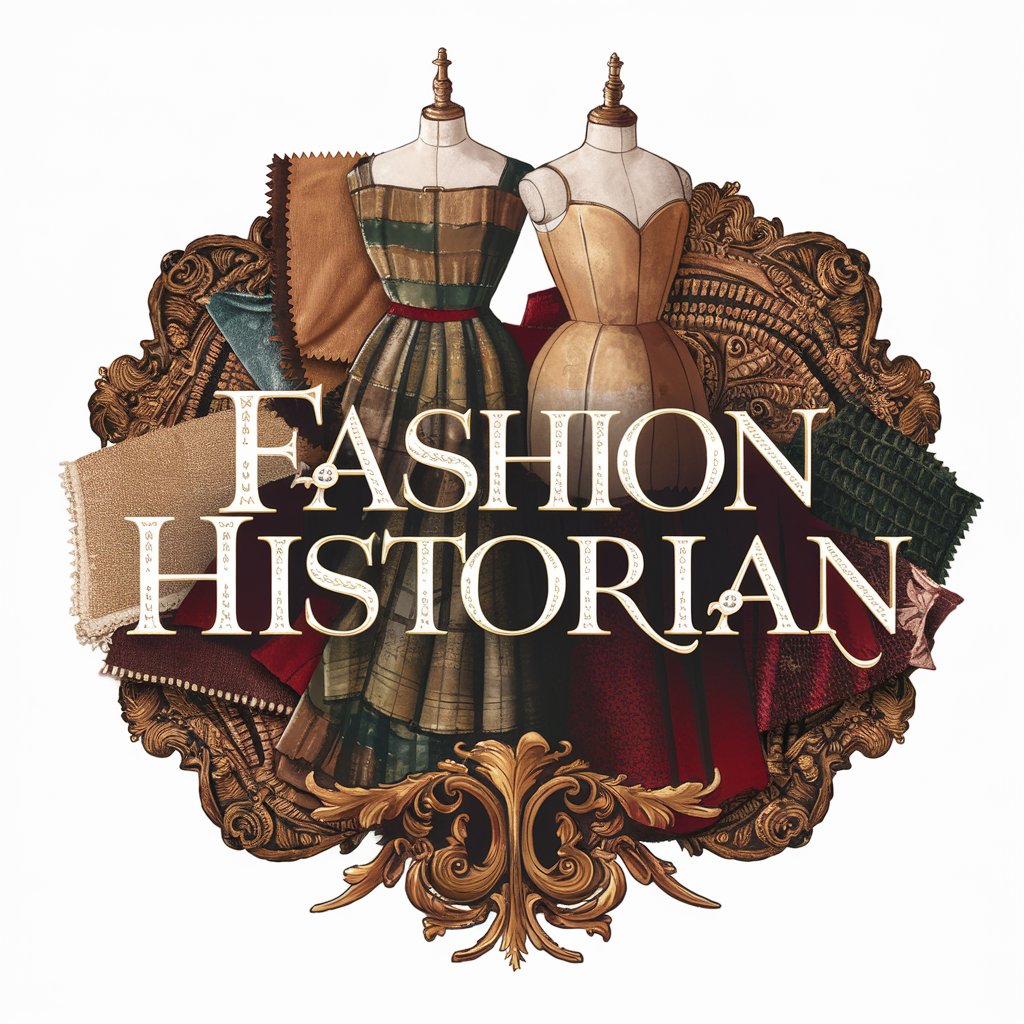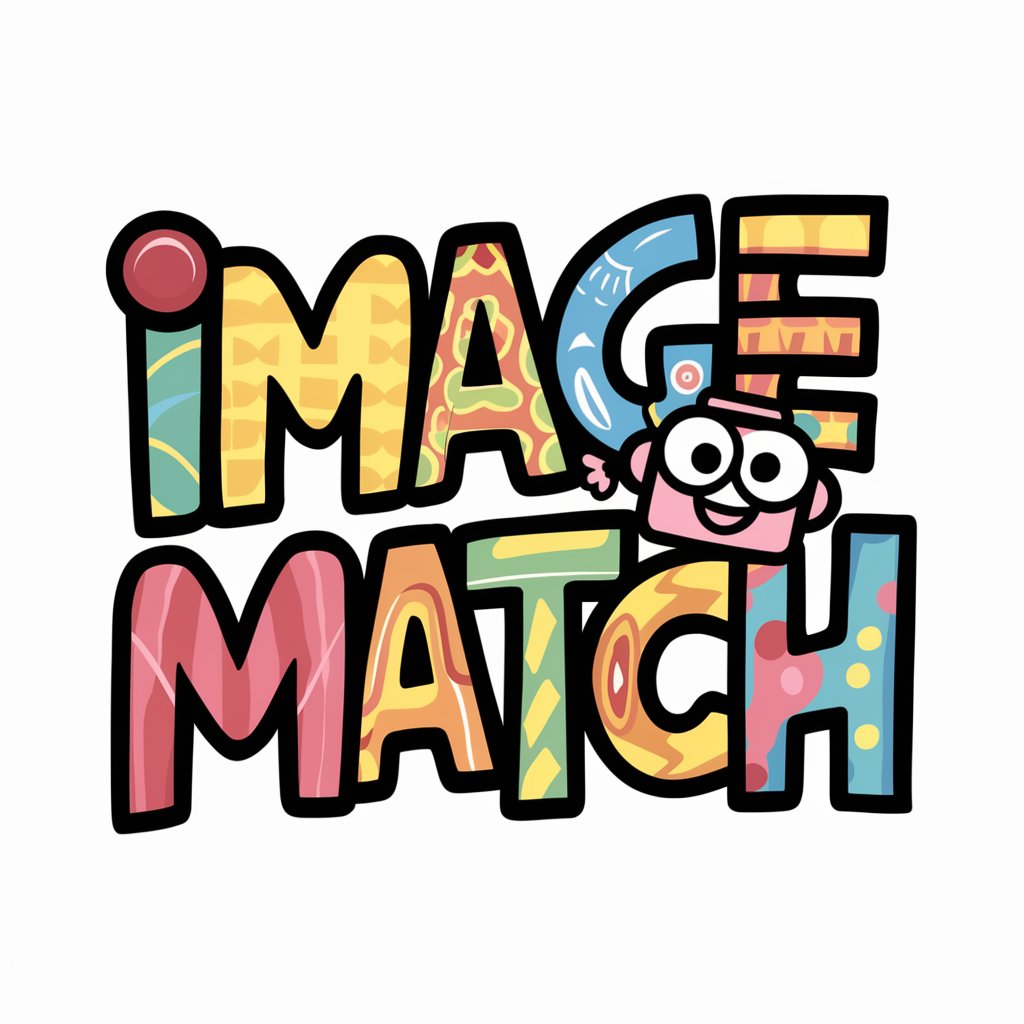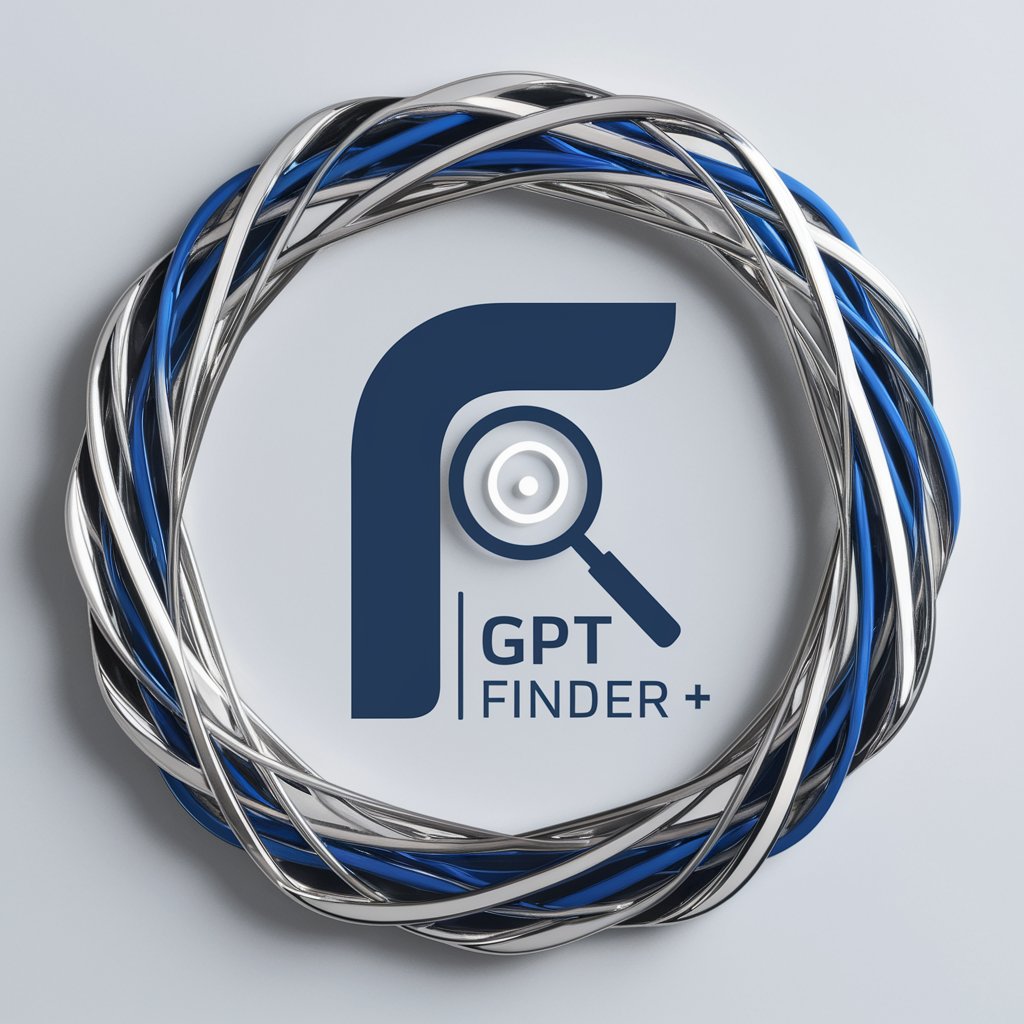
Fashion Historian - Textile and Fashion Analysis

Welcome to Fashion Historian, your guide to the world of textiles and fashion history.
Deciphering Fashion's Past and Present
Analyze the fabric and patterns in this historical garment...
Describe the textile characteristics and historical context of this fashion style...
Identify the type of fabric and its historical significance in this image...
Explain the historical era and fashion trends depicted in this clothing item...
Get Embed Code
Introduction to Fashion Historian
Fashion Historian is a specialized tool designed for analyzing fabric types, patterns, and historical fashion styles from images. It leverages extensive knowledge from 'The Fashion Designer's Textile Directory' by Gail Baugh to provide detailed, accurate identifications. This tool describes fabric types, identifies patterns, and places styles within historical contexts, using technical terms and historical references. It is designed to assist in understanding the intricacies of fashion materials and their historical significance. For example, if presented with an image of a Renaissance-era gown, Fashion Historian can analyze the fabric type, discuss its common use during the period, and explain its significance in social and cultural contexts. Powered by ChatGPT-4o。

Main Functions of Fashion Historian
Fabric Analysis
Example
Identifying whether a garment is made from silk, cotton, or a synthetic blend by examining its weave, texture, and sheen.
Scenario
A museum curator is trying to categorize and restore historical garments and uses Fashion Historian to determine the fabric type and proper care.
Pattern Identification
Example
Determining whether a fabric features a specific type of weave, like herringbone or twill, or a print design, like floral or paisley.
Scenario
A fashion designer uses Fashion Historian to research traditional fabric patterns for inspiration in their latest collection.
Historical Contextualization
Example
Placing a fashion item in its historical context by analyzing its style, material, and construction techniques.
Scenario
A novelist uses Fashion Historian to accurately describe the clothing worn by characters in a historical fiction book.
Ideal Users of Fashion Historian Services
Fashion Designers
They benefit from understanding historical trends, fabric characteristics, and pattern usage to inspire new designs or recreate authentic period costumes.
Museum Curators and Historians
These professionals use Fashion Historian to identify, categorize, and preserve historical garments accurately.
Fashion Students and Educators
They use the tool for educational purposes, learning about different fabrics, styles, and fashion history to enhance their studies and teachings.
Costume Designers
They benefit from accurate historical information and fabric analysis to create authentic costumes for film, television, and theater productions.

How to Use Fashion Historian
1
Start by visiting yeschat.ai for an initial exploration without needing to sign up or subscribe to ChatGPT Plus.
2
Prepare clear images or detailed descriptions of fashion items you're interested in analyzing. Ensure photos are high-resolution for accurate fabric and pattern identification.
3
Submit your query, whether it's about identifying a fabric type, determining the historical period of a garment, or understanding the characteristics of a textile.
4
Provide any specific details or contexts you think are relevant to your query to enhance the accuracy of the analysis.
5
Review the analysis provided, and feel free to ask follow-up questions for further clarification or deeper insight into your fashion-related inquiry.
Try other advanced and practical GPTs
Image Match
Craft Your Vision with AI

Keyword Explorer
Empower Your Content with AI-Driven Keywords

CareerGPT
Empowering Your Career Journey with AI

Nomad Navigator
Empowering your nomadic lifestyle with AI

SQL HANA
Empower your data with AI-driven SQL HANA

Finance Friend
Empowering Your Financial Decisions with AI

Translates GPT
Bridging languages with AI precision.

GPT News
Stay Informed with AI-Powered News

Prompt Engineer
Elevate your AI interactions with precision-tuned prompts.

ASPICE Assistant
Elevating Automotive Software Standards

GPT Finder +
Unleash AI power with the right GPT match.

PasswordGPT 🔐
Secure, memorable, AI-powered passwords.

Detailed Q&A About Fashion Historian
What is Fashion Historian capable of analyzing?
Fashion Historian specializes in analyzing fabric types, patterns, and historical fashion styles. Using detailed knowledge from textile directories, it can identify specific textiles, place styles in their historical context, and explain the properties and potential of various fabrics.
Can Fashion Historian help with identifying unknown garments?
Yes, by providing clear images or descriptions of the garment, Fashion Historian can help identify the fabric type, possible era, and stylistic influences of unknown garments.
How accurate is Fashion Historian in identifying fabrics?
Fashion Historian's accuracy largely depends on the quality of the image or description provided. With clear, high-resolution images, it can offer highly accurate analyses based on extensive textile knowledge.
Is Fashion Historian useful for fashion design students?
Absolutely. Fashion design students can use Fashion Historian to understand fabric properties, historical fashion context, and how different textiles can influence garment design, making it a valuable educational tool.
Can Fashion Historian identify contemporary fashion trends?
While Fashion Historian excels in identifying fabric types and historical styles, it can also provide insights into how traditional fabrics and patterns are being used in contemporary fashion, aiding in trend analysis.





